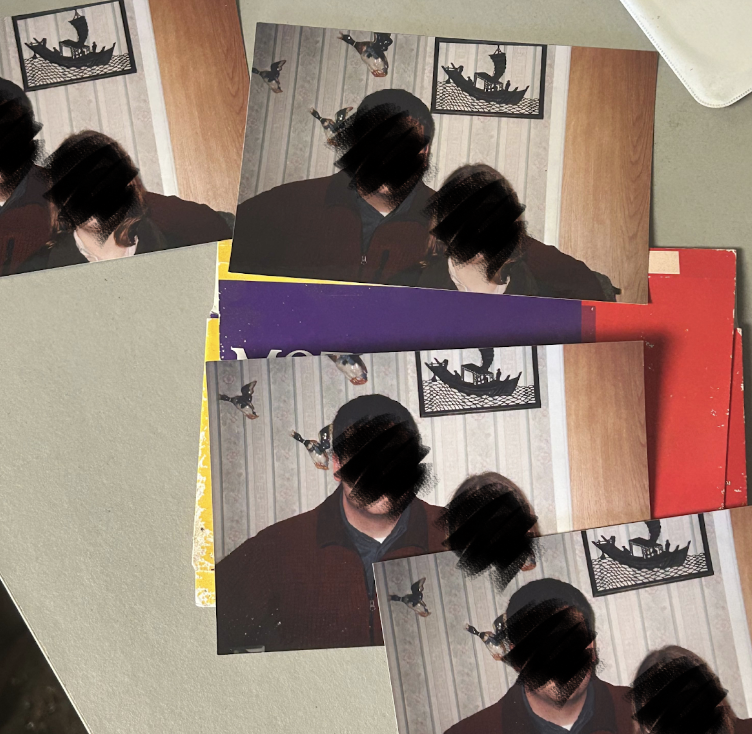Written by Paula Mock

For me, the team’s visit to the remaining buildings of the Mansfield Training School was sobering. All of the papers that we’d been seeing in the archival library were now brought to life in front of us, making it much easier to visualize and put the pieces together in a physical space. I certainly underestimated how emotionally involved I would get when exploring the site, and how much weight the space seems to carry–you feel a heaviness in each room, especially knowing the long history that has happened here. I think that being together in person, seeing buildings we’d mostly only ever seen on maps, encouraged our collective curiosity and drove us to investigate deeper than we might have if we went individually.
As Jess opens the door that leads to the un-renovated half of the former Longley School, we all crowd around, trying to peer into the vastly different space from the fairly-well-maintained transportation center. UConn occupies half of the building, using the space as a set of offices and labs in an area of campus that isn’t very frequently traveled. Walking down the hallway as a larger group earns us some odd looks from figures in lab coats, but no one approaches us with any questions or warnings, and we swing open the propped-open door. It’s dark, dusty, and honestly pretty intimidating; but, as there’s no signage warning us to stay out, Jess takes several steps forward into the space. I remember a distinct moment where the rest of us held back for a second, thinking, Are we really doing this?
As we walk in and begin looking around, I see something that lingers with me long after we leave the site for the day. Tucked behind a binder in a rusting filing cabinet, a paper folder that holds a left-behind set of photos proudly states, “Memories Matter!”
In the pictures, two young people are smiling at the camera, posing in front of a (somewhat dated) wall, with one person’s arm thrown over the other’s shoulder.
It feels a bit odd to encounter here, where everything is coated in a thin layer of dust and grit, and where every time you pick something up you inhale a number of particles of who-knows-what.
Who are these people, and why were their photos left behind in the abandoned half of the former Longley School? Did they have any connection to the Mansfield Training School? Were they UConn students? What is their relation to each other? Where were the photos taken? And–the big question that has been eating at me ever since we left the school–why were these photos put in an otherwise empty drawer directly behind a binder full of (clearly quickly and rashly abandoned) plans to renovate the Longley Building?
From these questions, more questions arise–which has become a very familiar occurrence while working on this project. Each new thing we discover begins to bleed over into the last, making clearly defined categories extremely difficult and organizing all that we stumble upon nearly impossible.
In my mind, the irony of the phrase “Memories Matter” printed on this forgotten packet of pictures wholly sums up the history of MTS and how it’s been represented & remembered thus far. As with many histories of disability, MTS’s story has been largely ignored and smoothed over in order to lessen the social repercussions or blowback that might have erupted if the public was more aware. Training schools and other institutions like them, as prevalent as they were in the 20th century for “first-rate” treatment of developmental disabilities, have been glossed over in our history books, if mentioned at all. We as a collective have a tendency to conveniently leave out the less “pretty” parts of our histories; if we erase our mistakes, they can’t possibly be repeated, right?